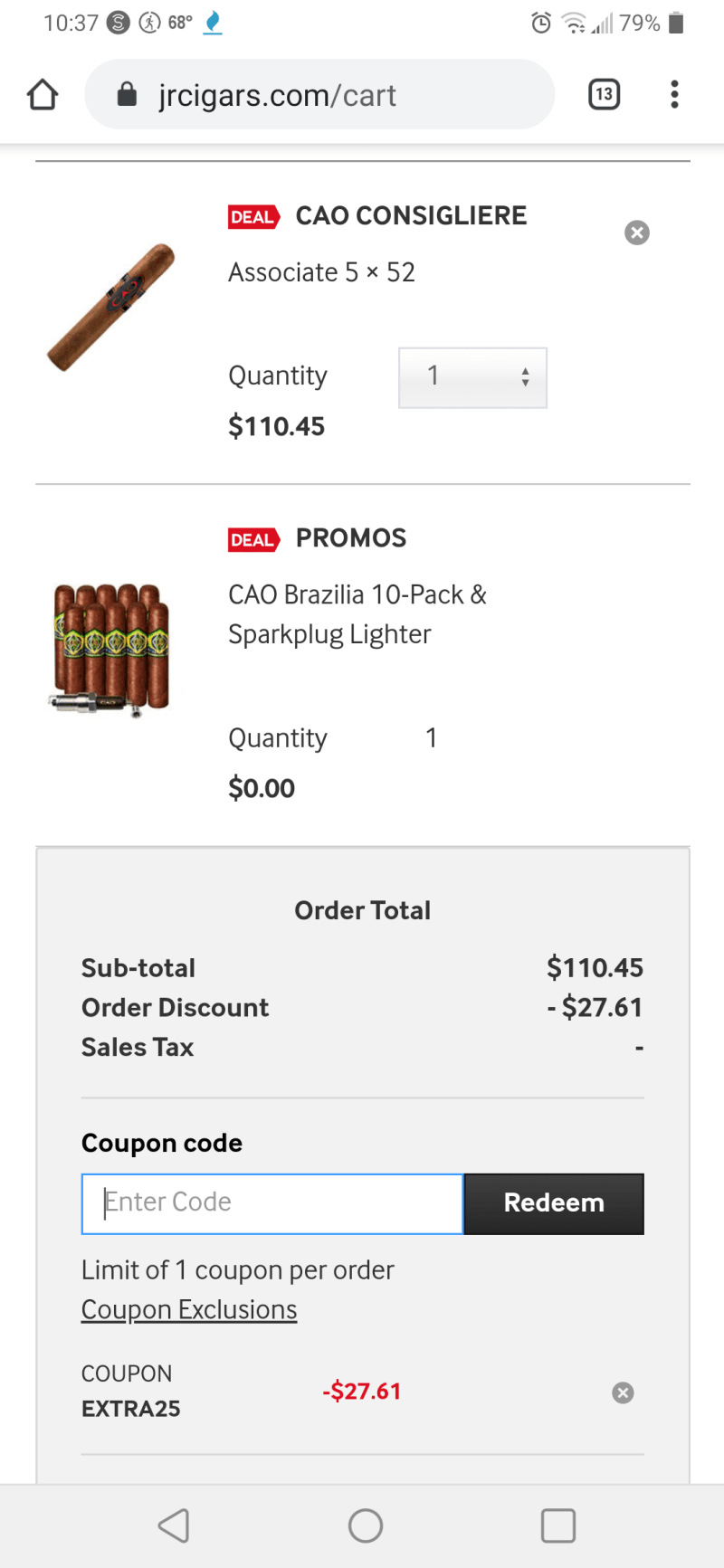

The first two lines of a table set the column headers and the alignment of elements in the table.Separate table cells using the pipe character |.You can format tables in pull requests, wiki, and Markdown files such as README files and Markdown widgets. Tables are especially useful for describing function parameters, object methods, and other data that haveĪ clear name to description mapping. Tables Supported in: Markdown widget | Pull Requests | README files | Wikis
#Markdown plus login code
Set a language identifier for the code block to enable syntax highlighting for any of the supported languages in highlightjs, version v9.10.0. Within a Markdown file, text with four spaces at the beginning of the line automatically converts to a code block.
#Markdown plus login install
To install the Microsoft Cross Platform Build & Release Agent, run the following command: $ sudo npm install vsoagent-installer -g. To install the Microsoft Cross Platform Build & Release Agent, run the following: `$ sudo npm install vsoagent-installer -g`. Result: sudo npm install vsoagent-installer -g The line above the line containing the - must be blank.Ĭode highlighting entered within the Markdown widget renders code as plain preformatted text.
#Markdown plus login series
To add a horizontal rule, add a line that's a series of dashes. Horizontal rules Supported in: Definition of Done | Markdown widget | Pull Requests | README files | Wikis Quote blocks of lines of text by using the same level of > across many lines. Use many > characters to nest quoted text. Quote single lines of text with > before the text. Quote previous comments or text to set the context for your comment or text. Blockquotes Supported in: Definition of Done | Markdown widget | Pull Requests | README files | Wikis In a Markdown file or widget, enter two spaces before the line break, and then select Enter to begin a new paragraph.Īdd two spaces before the end of the line, and then select **Enter**.(space, space, Enter)Ī space gets added in between paragraphs.Īdd two spaces before the end of the line, and then select Enter.Ī space gets added in between paragraphs. Your text gets better spaced and makes it easier to read. Your text gets better spaced and makes it easier to read.Īdd lines between your text with the Enter key.

In pull request comments, select Enter to insert a line break, and begin text on a new line.Īdd lines between your text with the **Enter** key. Make your text easier to read by breaking it into paragraphs or with line breaks. Result: Paragraphs and line breaks Supported in: Definition of Done | Markdown widget | Pull Requests | README files | Wikis Up to six levels of headings are supported. Organize your remarks with subheadings by starting a line with more hash characters, for example #. Start a line with a hash character # to set a heading. Headers segment longer comments, making them easier to read. Headers Supported in: Definition of Done | Markdown widget | Pull Requests | README files | Wikis Each section in this article identifies the features the syntax is supported with the Supported in line. Not all Markdown syntax is supported across all features. You can provide guidance in the following areas using Markdown: Use Markdown to add rich formatting, tables, and images to your project pages, README files, dashboards, and pull request comments.įor more syntax that's supported for Wiki pages, see Wiki Markdown guidance. Having the right guidance at the right time is critical to success. You can use both common Markdown conventions and GitHub-flavored extensions. Here you can find some basic Markdown syntax guidance and specific guidance for using Markdown in Azure DevOps features. To learn which on-premises version you are using, see Look up your Azure DevOps platform and version Feature support differs depending on whether you are working from Azure DevOps Services or an on-premises version of Azure DevOps Server, renamed from Team Foundation Server (TFS). To view the content available for your platform, make sure that you select the correct version of this article from the version selector which is located above the table of contents.


 0 kommentar(er)
0 kommentar(er)
